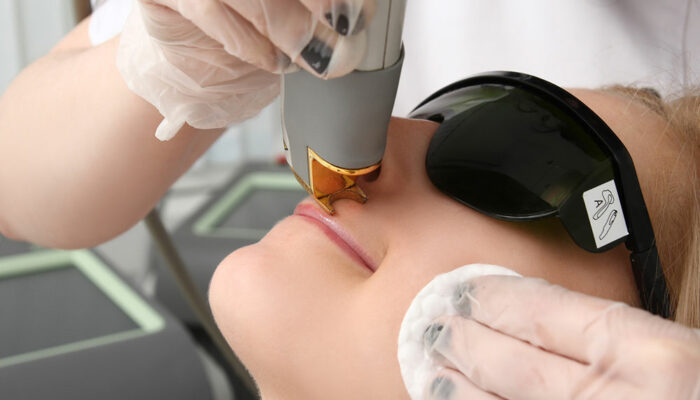
The Main Types of Ulcers
Ulcers consist of sores that can develop in most areas of the body, including internally. They take a while to heal and can be found on places like the skin or lining of the stomach. The healing process varies depending on the type of ulcer and how you got it. They are either caused by an untreated injury or some type of blood flow problem. Symptoms are relative to the type of ulcer as well as the severity of discomfort.
Main types include peptic ulcers, gastric ulcers, esophageal ulcers, and duodenal ulcers, as follows:
1. Peptic ulcer
This type of ulcer is a sore located within the lining of your stomach. It is commonly caused by acids that damage stomach walls over time. Two other causes are an infection due to a bacteria called Helicobacter Pylori and the repeated use of medicines such as Aspirin or Ibuprofen. With peptic ulcers, patients primarily experience a burning stomach pain that can last for minutes to hours. Pain comes in-between meals and may subside after right after eating. There are periods of relief that could span days or weeks until the pain re-emerges. Treatment options depend on the cause and generally consist of a combination of antacids, bismuth subsalicylate, antibiotics, histamine receptor blockers and proton pump inhibitors.
2. Gastric ulcer
Gastric ulcers are actually a subtype of peptic ulcer that develops in the stomach lining. Symptoms can include intense belly pain, appetite reduced due to pain, boating, weight loss, nausea or vomiting (may contain trace blood), burping and acid reflux, anemia, and heartburn (or a burning sensation in chest). It is very important to seek treatment as soon as possible after a diagnosis of gastric ulcer. If the ulcer is bleeding, then that could be life-threatening and require hospitalization and surgery.
3. Esophageal ulcer
Esophageal ulcers are also a type of peptic ulcer that appears in the esophagus, which is a tube that connects the throat to the stomach. These ulcers are caused by the fading of mucus that is supposed to line and protect the gastrointestinal tract. Once these mucus layers are gone, then stomach acid and gastric juices damage the gastrointestinal wall, leading to an ulcer. Symptoms can include difficulty eating and swallowing, sore throat, sour taste in mouth, heartburn, nausea, weight loss, vomiting (sometimes with visible traces of blood), loss of appetite, and abdominal and throat pain. In addition to prescribed treatments, there are changes patients can make to improve quality of life while living with ulcers. Doctors often advise patients to eat slowly, stay in shape, and wear loose clothing to avoid placing excessive pressure on stomach.
4. Duodenal ulcer
This type of ulcer is a peptic ulcer and is located in the duodenum lining, which is the front portion of the small intestine. Symptoms include weight loss, stomach pain, feeling bloated and indigestion. Doctors diagnose this ulcer with either a gastroscopy, blood test, stool sample or breath tests for the bacteria H.pylori. A gastroscopy involves a doctor uses a flexible and thin tube with a camera equipped to examine the stomach and duodenum. Treatment options often include prescription medicines to reduce stomach acid and antibiotics to kill the bacteria if it is present. It is also recommended to drink less alcohol and quit smoking.
It takes a careful attention to lifestyle choices and proper treatment to alleviate symptoms of stomach ulcers. They cannot be ignored or pain and discomfort will increase.



